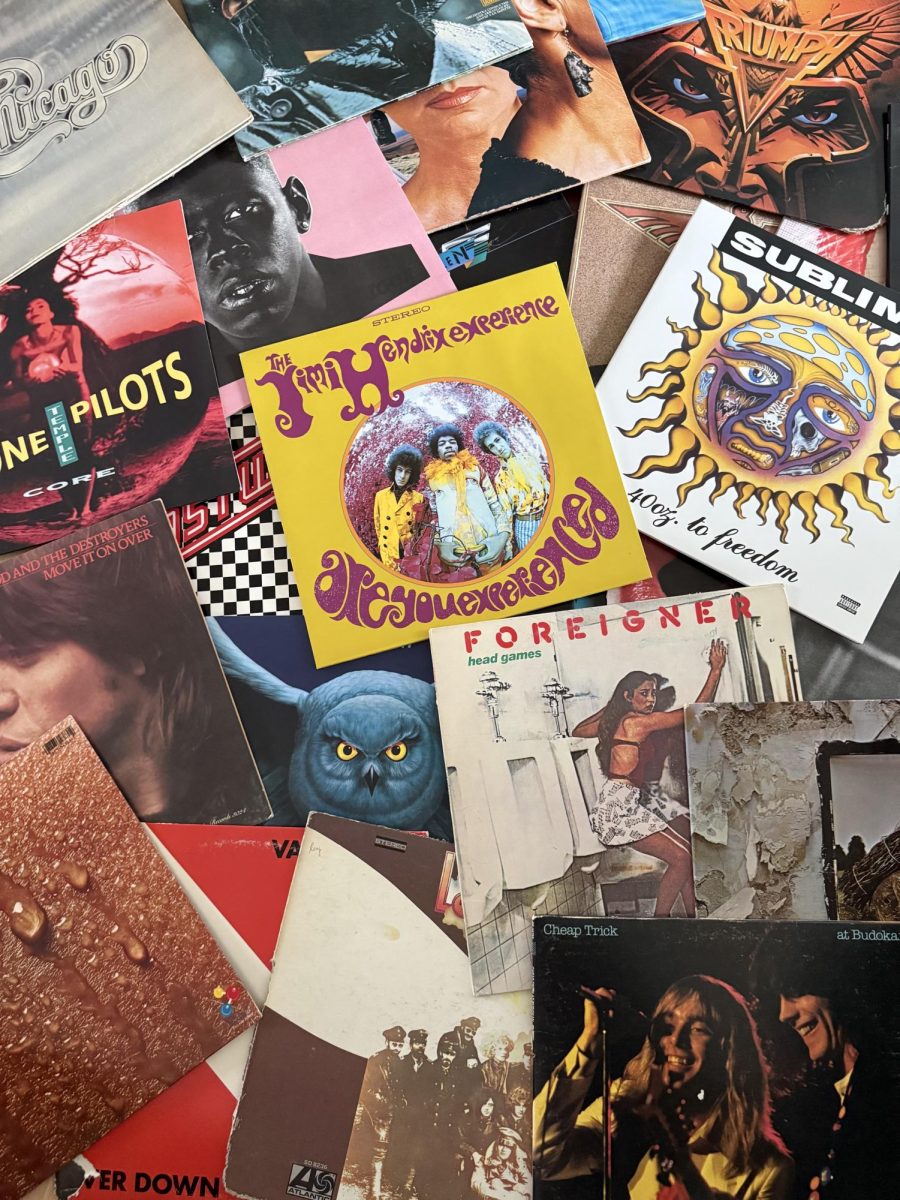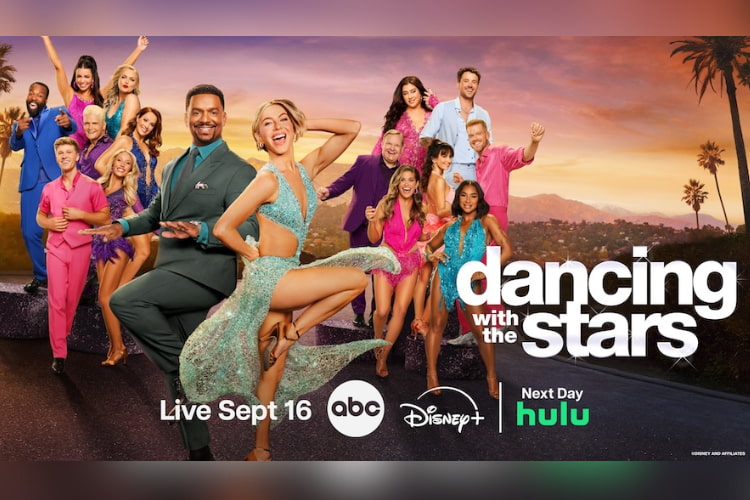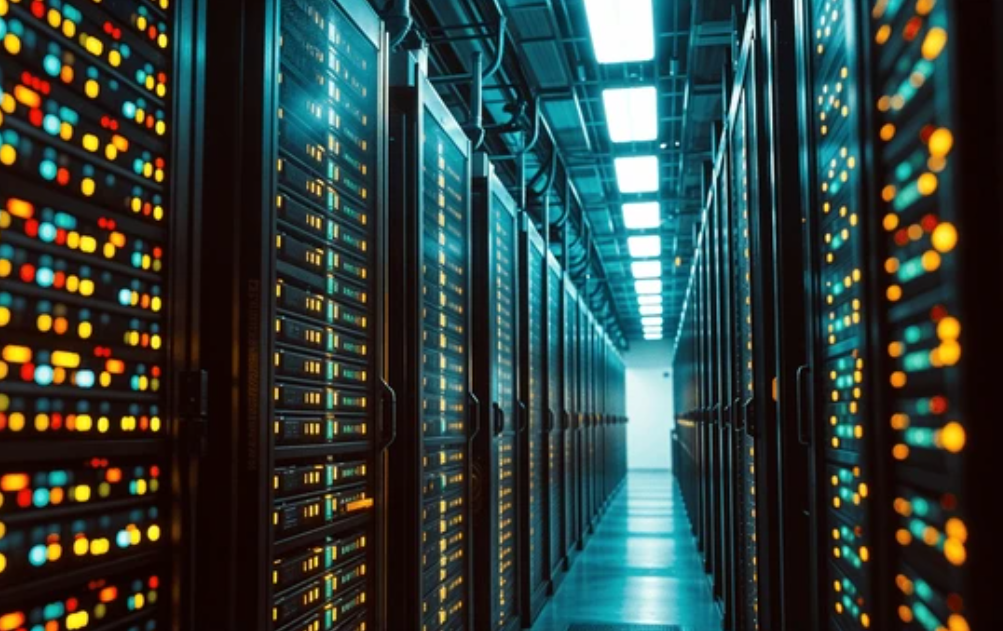With the advent of digital wallets, streaming services, etc, things have just become too convenient for today’s generation. But people are nostalgic, and some music fans prefer dedicated ways to consume media because it can be cheaper–especially for music.
Over the last few years, physical media like vinyl records and CDs have gained popularity among younger audiences, especially since you can buy them at Target and other retailers. Record companies are even making some albums or special pressings exclusive to that store only.
Vinyl sales and other physical media have exponentially increased in recent years. An article from The Guardian states “Last year, Britons added 6.7m records to their collections, with sales up 9.1%, propelling the market to a three-decade high, according to the British Phonographic Industry (BPI). This resurgence resulted in records being added back on to the list of products used to calculate annual inflation in 2024, having dropped off in 1992.”
Record sales began rebounding around the mid-2000s and sales have been growing for 20 consecutive years, reaching 43.5 million units sold in 2022.
Though iPods and MP3 players aren’t technically physical media, they’re a symbol of the past, back when people had dedicated devices for media. But now, recently, they’ve regained popularity because people really like the aesthetic of the devices, or people want a dedicated music player with no distractions like notifications. It’s also free and not under a subscription.
But there are good reasons to own record players and CD players still. You actually own the music, and there’s no premium you need to buy, you won’t be distracted by notifications from your phone, and its sole purpose is to play music.
Vinyls, on the other hand, are still good to own because they’re known for the best sound quality for music and it’s an authentic way to listen to music. Some people buy physical music to express themselves or collect too.
Physical media also directly supports the artist instead of most of the money going towards companies like Spotify, Apple or Amazon. With music streaming services, artists only receive 0.003 to 0.005 cents per stream. But buying their physical albums gives a lot more money to them.
While it’s undeniable that streaming digital music is a lot more convenient than physical media, the resurgence of physical media proves that people still value the experience and expression of owning music tangibly.
















